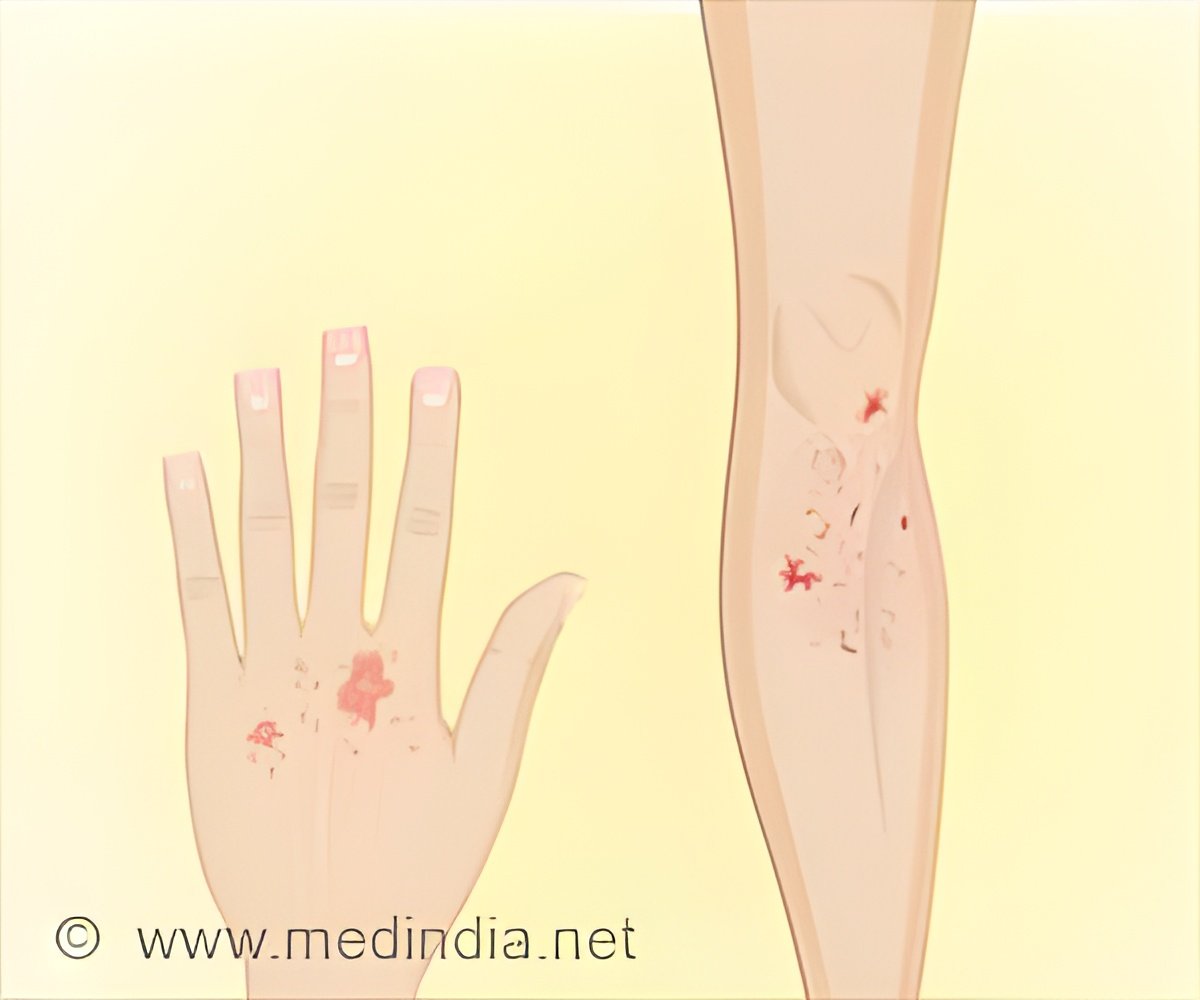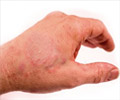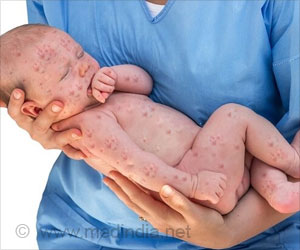About 20% of kids are impacted by eczema, and occasionally allergic contact dermatitis can mimic eczema or develop on top of eczema.

‘Itchy rashes can be very irritating, especially when children get them, and you don’t know what is causing them. While these rashes are often caused by eczema, in some cases they are caused by allergic contact dermatitis, a skin reaction to allergens. Since both skin conditions affect millions of children, it is important to get the correct diagnosis so your child can be properly treated.’





The most common form of eczema in children is atopic dermatitis, which usually begins very early in life. It often occurs in infants and young children. While most people develop atopic dermatitis before age five, it can also begin during puberty or later. Eczema in patients with darker skin tones can appear different on the skin compared to patients with lighter skin tones. Eczema can be red, dark brown, purple, or gray, depending on your skin tone. “While eczema affects people of all ethnicities, “African American and Asian American children tend to develop atopic dermatitis more often than white children,” said Dr. Yu. “In addition, African American patients may have itchier or more severe eczema.”
For many children, eczema goes away with time. However, Dr. Yu says about half of the children who get this skin condition will have it as an adult. While there is no way to know whether the eczema will go away or become a lifelong condition, early diagnosis and treatment can prevent the condition from getting worse. The more severe it becomes, the more difficult it can be to treat, and more likely it will persist into adulthood.
According to Dr. Yu, sometimes eczema is mistaken for allergic contact dermatitis, which occurs when a person’s immune system recognizes an allergen and responds to it. This can result in several skin symptoms which are similar to eczema, including a rash and discoloration, dryness, tenderness, burning or stinging, or in severe cases, blisters.
The allergens that children are most likely to be allergic to include metals such as nickel and cobalt, which can be found in costume jewelry and clothing such as belt buckles and jean snaps, as well as toys, furniture, school chairs.
Advertisement
To determine if a child’s rash if being caused by an allergy or another skin condition like eczema, Dr. Yu says it important to know when the child started developing the rash, if there is a family history of skin conditions like eczema, and where the rash is located on the child’s body. Allergic contact dermatitis tends to affect unusual locations like the eyelids, tops of the feet or the back of the hands, while eczema is more likely to be found on the back of the knees, wrist, neck, and inner elbows.
Advertisement
Since allergic contact dermatitis can be responsible for worsening eczema, Dr. Yu recommends avoidance of common allergens such as fragrances. He recommends using fragrance-free rather than unscented products. Fragrance-free and unscented have different meanings. Unscented means that a fragrance is masked, so you cannot smell it, but it may still contain fragrances that can still irritate the skin. Fragrance-free means the product is free of all fragrances, even ones that you cannot smell. Dr. Yu advises to always check the label because the cosmetic industry is poorly regulated.
In addition, Dr. Yu advises that people be careful when choosing products that are labeled as “clean” or “natural” because they are also not regulated.
“The Federal Drug Administration does not have a specific set of guidelines to say that a product is clean or natural. These are just buzzwords that companies put on products to tell consumers that some of the ingredients are potentially derived from natural sources,” said Dr. Yu. “As I tell my patients, although poison ivy is natural, you wouldn’t want to use a product containing it.”
Dermatologists are the experts in the diagnosis and treatment of both eczema and allergic contact dermatitis. If you have questions about a rash or a product that may be causing a rash, make an appointment to see a board-certified dermatologist.
Source-Newswise









